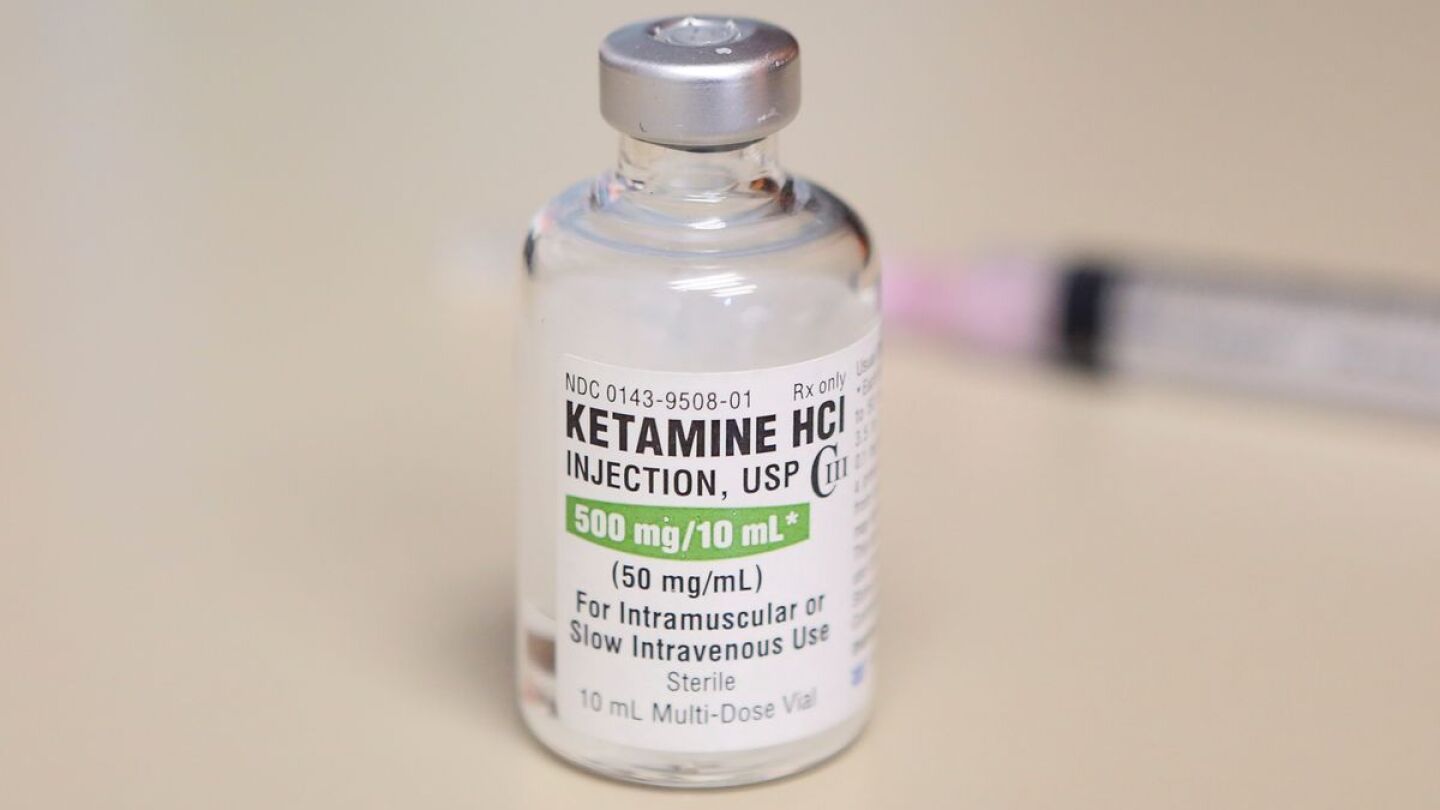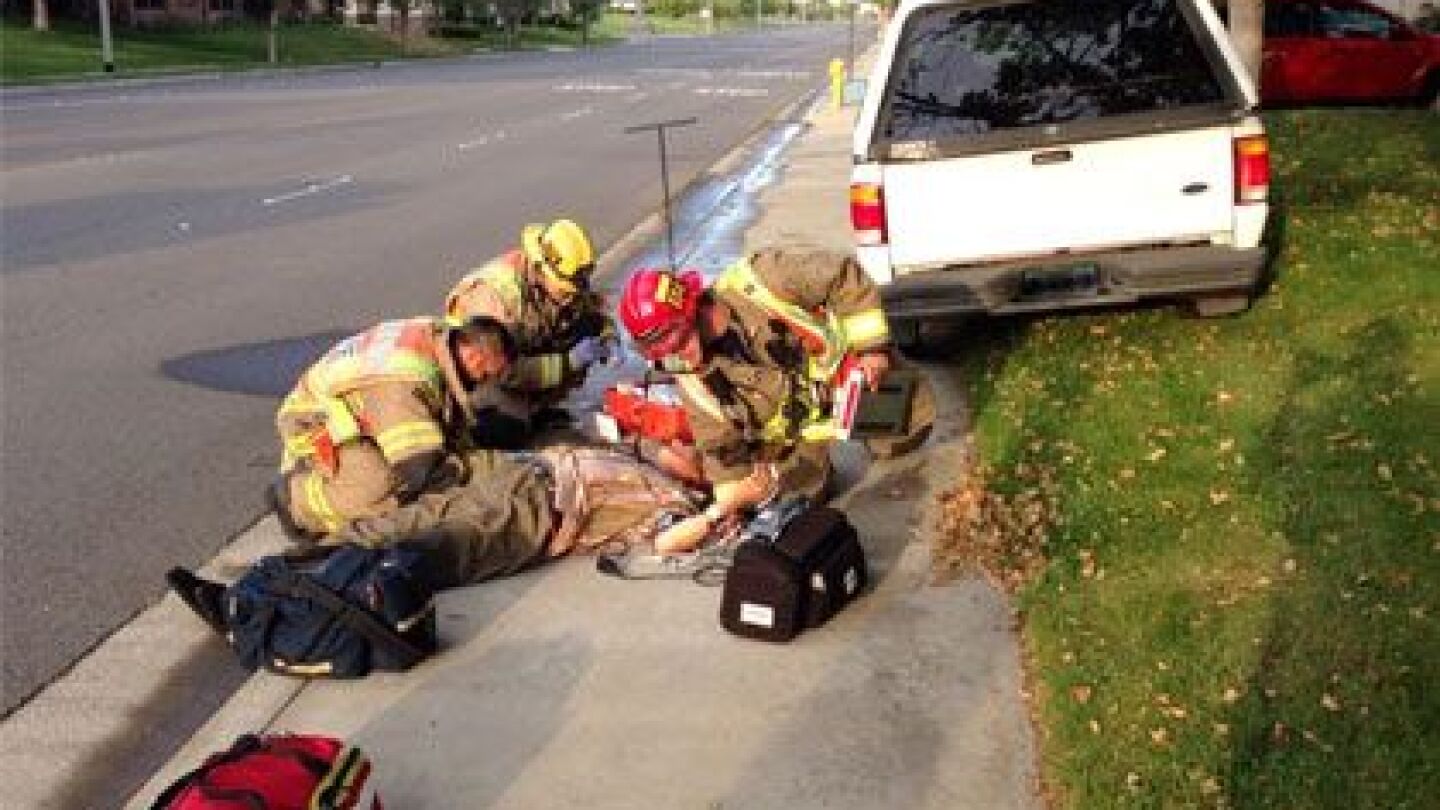EMS Protocols
The EMS protocols topic section includes recent news and articles about proper EMS protocols.
In a deep dive into NEMSQA’s 2024 report, Dr. Jarvis discusses critical airway safety measures and how EMS providers can leverage data, protocols and collaboration to achieve safer, more effective care
Hypothermic patients, multi-systems trauma and slippery scenes present difficult decision-making challenges for rescuers
Communicating with law enforcement and following these clinical guidelines will help to keep patient safety first and foremost
Immersion in cynicism takes a toll on the mind, body and spirit and those who sense their values slipping to often get off the ambulance and onto a fire company
Once the shooter is dead or apprehended, the top mission for police and EMS is to stop the dying from bleeding and airway compromise
Learn to distinguish and verify electrical and mechanical capture when using a transcutaneous pacemaker on a patient with symptomatic bradycardia
Focus on assessing and treating the patient’s basic life threats before interrogating bystanders or investigating the scene
You were asked to assess and treat a 22-year-old woman with an obvious leg fracture and there was a disagreement about how to proceed; did you make the right call?
EMS organizations must have a HIPAA policy to direct when and who can provide information about a patient
By triaging patients with mental illness, especially repeat users, the Grady EMS Upstream Crisis Intervention Group provider has improved care, saved significant money and boosted morale
Hospitals have made a variety of policy and procedural changes to get patients in and out of the emergency department faster
A review of the performance of ketamine in the agitated or excited delirium patient with an acute and potential life-threatening medical condition
For every action in EMS there are consequences — sometimes positive and sometimes negative — but sometimes you do what you gotta do
Researchers find a growing number of patients without a spontaneous heartbeat who regain consciousness while receiving CPR
In-depth insights into the expert recommendations for medications, airway insertion and confirmation, defibrillation and post-arrest care
In-depth insights into the expert recommendations for chest compressions, AED use and suspected opioid overdose
As opioid overdoses rise, more people without medical training will be able to use the drug without a prescription
EMS providers are vulnerable to addiction by the nature of their jobs, and an unfortunate story highlights the need to plan ahead for this situation
The only people looking for heroes on transfer calls of critically ill patients are attorneys
How would you stabilize a patient with neck and chest pain following a motor vehicle collision?
A record number of medical calls were made in August; officials say the heat and aging baby boomers contributed to the numbers
Providers must first treat medical cardiac arrest patients on the scene
Tom Mackey is arguing that he adhered to current state protocols when he administered drugs to a suffering woman
A variety of medical conditions and patient presentations warrant prehospital blood glucose analysis
Mandatory overtime has been imposed to make up for the shortfall
EMS provided advanced life support measures for victims as firefighters fought to control the swarm
Lancaster and Susquehanna Valley EMS are at the center of deciding best possible service
Kevin Patterson, a job coach, relied on his training and the ABCs of EMS to save a co-worker in Moncks Center.
When the patient sees their emergency through the eyes of someone who cares for them, they can act for that person
Emerging technology helps us to improve detection and begin treatment early
MOST POPULAR
- Why the Valsalva Maneuver breaks SVT and causes syncope
- Blood pressure assessment in the hypovolemic shock patient
- Calif. fire chiefs association calls for removal of county EMS director
- Ind. county paramedics to draw blood at DUI investigations in partnership with sheriff’s office
- Getting your patient to go to the hospital: Evoking empathy


















